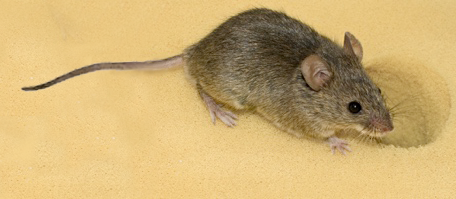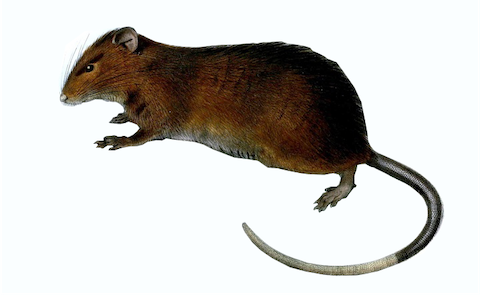Regulation of monocyte subset proinflammatory responses within the lung microvasculature by the p38 MAPK/MK2 pathway.
Abstract
Margination and activation of monocytes within the pulmonary microcirculation contribute substantially to the development of acute lung injury in mice. The enhanced LPS-induced TNF expression exhibited by Gr-1(high) compared with Gr-1(low) monocytes within the lung microvasculature suggests differential roles for these subsets. We investigated the mechanisms responsible for such heterogeneity of lung-marginated monocyte proinflammatory response using a combined in vitro and in vivo approach. The monocyte subset inflammatory response was studied in vitro in mouse peripheral blood mononuclear cell-lung endothelial cell coculture and in vivo in a two-hit model of intravenous LPS-induced monocyte margination and lung inflammation in mice, by flow cytometry-based quantification of proinflammatory genes and intracellular phospho-kinases. With LPS stimulation in vitro, TNF expression was consistently higher in Gr-1(high) than Gr-1(low) monocytes, markedly enhanced by coculture with endothelial cells, and abrogated by p38 MAPK inhibitors. Expression of IL-6, inducible nitric oxide synthase (iNOS), and cyclooxygenase-2 (COX-2) was only detectable under coculture conditions, was substantially higher in Gr-1(high) monocytes, and was attenuated by p38 inhibition. Consistent with these differential responses, phosphorylation of p38 and its substrate MAPK-activated protein kinase 2 (MK2) was significantly higher in the Gr-1(high) subset. In vivo, p38 inhibitor treatment significantly attenuated LPS-induced TNF expression in "lung-marginated" Gr-1(high) monocytes. LPS-induced p38/MK2 phosphorylation was higher in lung-marginated Gr-1(high) than Gr-1(low) monocytes and neutrophils, mirroring TNF expression. These results indicate that the p38/MK2 pathway is a critical determinant of elevated Gr-1(high) subset responsiveness within the lung microvasculature, producing a coordinated proinflammatory response that places Gr-1(high) monocytes as key orchestrators of pulmonary microvascular inflammation and injury.
| Authors: | O Dea KP, Dokpesi JO, Tatham KC, Wilson MR, Takata M |
|---|---|
| Journal: | Am. J. Physiol. Lung Cell Mol. Physiol.; 2011 Nov; 301(5) 812-21. doi:10.1152/ajplung.00092.2011 |
| Year: | 2011 |
| PubMed: | PMID: 21873449 (Go to PubMed) |


